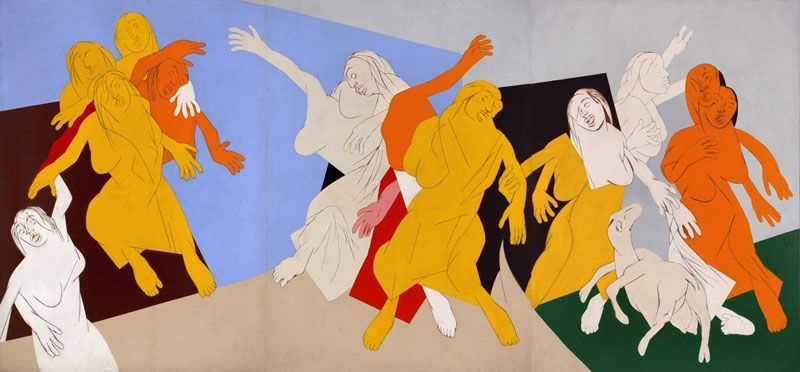The Persistence of Memory – Salvador Dalí

Salvador Dalí, the flamboyant Spanish artist, remains one of the most celebrated figures in the Surrealist movement. Born in 1904 in Figueres, Catalonia, Dalí exhibited an exceptional talent for drawing from a young age. His early work was influenced by Impressionism and the Renaissance, but it was his involvement with Surrealism that catapulted him to international fame.
One of his most iconic paintings, The Persistence of Memory (1931), features melting clocks draped over a barren landscape, symbolizing the fluidity of time and the malleability of memory. This work epitomizes Dalí’s ability to visualize the abstract and bizarre in a way that was both accessible and profoundly unsettling. Another notable piece, The Elephants (1948), portrays elephants with elongated, spindly legs, representing the juxtaposition of strength and fragility. Dalí’s Swans Reflecting Elephants (1937) is a double image painting where the reflection of swans in the water transforms into elephants, showcasing his mastery of optical illusions.




Dalí’s work was heavily influenced by his interest in Freud’s psychoanalytic theories and his fascination with the subconscious. His eccentric personality was as famous as his art. Known for his flamboyant mustache and bizarre behavior, Dalí often courted controversy with his outlandish opinions. His support of Francisco Franco, the Spanish dictator, caused a significant rift between him and the Surrealist community, leading to his eventual expulsion from the group.
Despite these controversies, Dalí’s impact on modern art is immense. His unique ability to merge the real with the fantastical, creating a dreamlike world on canvas, has made his work an enduring subject of study and admiration. Salvador Dalí’s legacy endures, reminding us of the power of imagination and the limitless boundaries of artistic expression.





